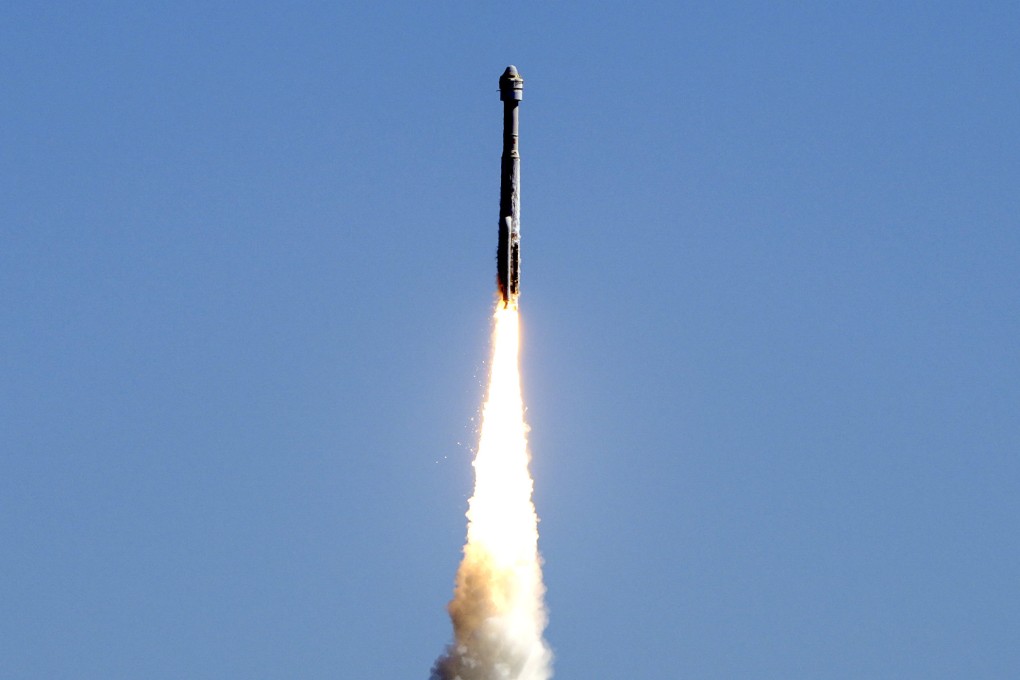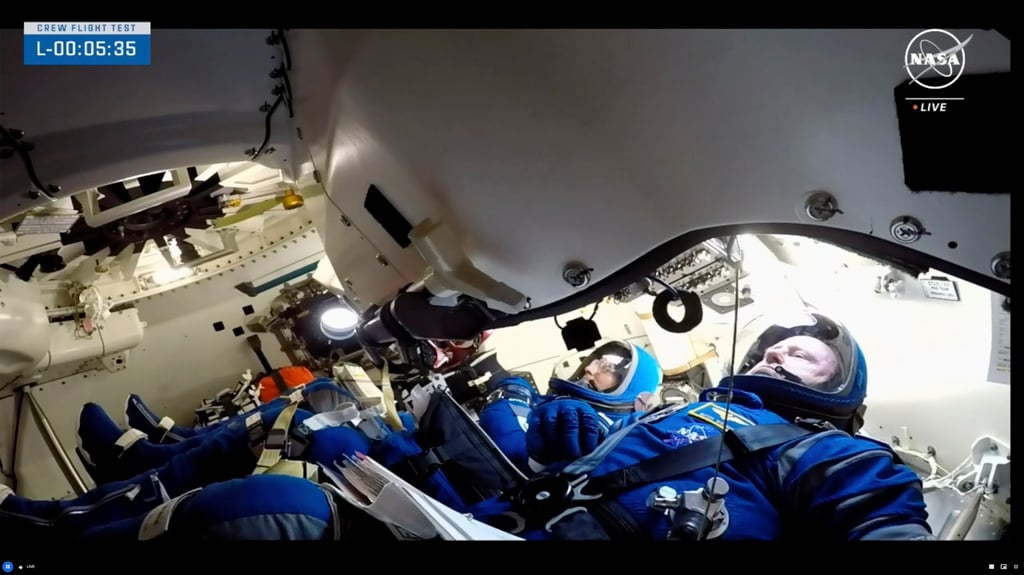Boeing launches Nasa astronauts for the first time after years of delays
- Two Nasa test pilots blasted off aboard Boeing’s Starliner capsule for the International Space Station, the first to fly the new spacecraft

Boeing launched astronauts for the first time on Wednesday, belatedly joining SpaceX as a second taxi service for Nasa.
A pair of Nasa test pilots blasted off aboard Boeing’s Starliner capsule for the International Space Station, the first to fly the new spacecraft.
The trip by Butch Wilmore and Suni Williams was expected to take 25 hours, with an arrival on Thursday. They will spend just over a week at the orbiting lab before climbing back into Starliner for a remote desert touchdown in the western US on June 14.
Years late because of spacecraft flaws, Starliner’s crew debut comes as the company struggles with unrelated safety issues on its aeroplane side.

Wilmore and Williams – retired US Navy captains and former space station residents – stressed repeatedly before the launch that they had full confidence in Boeing’s ability to get it right with this test flight.
